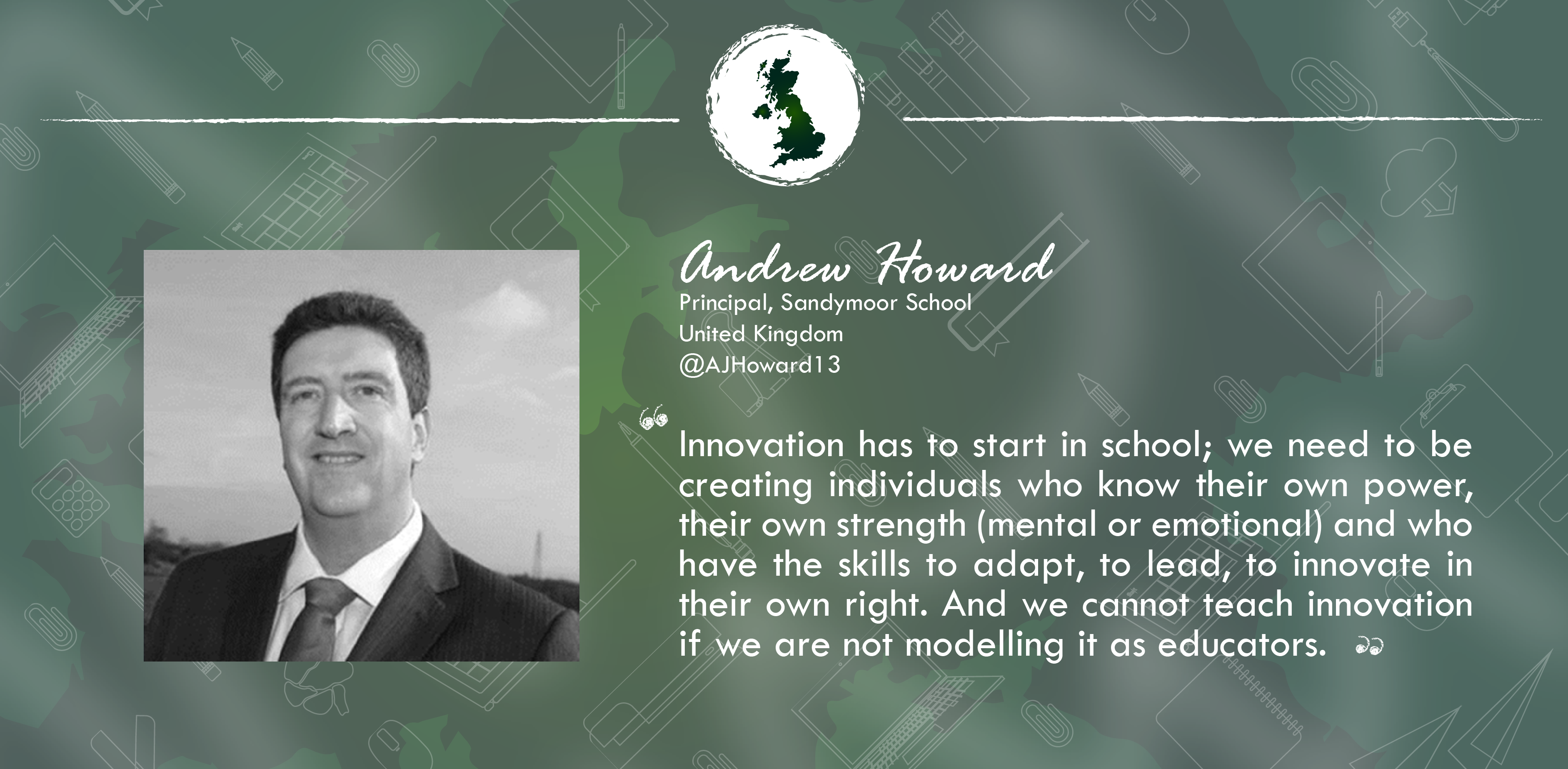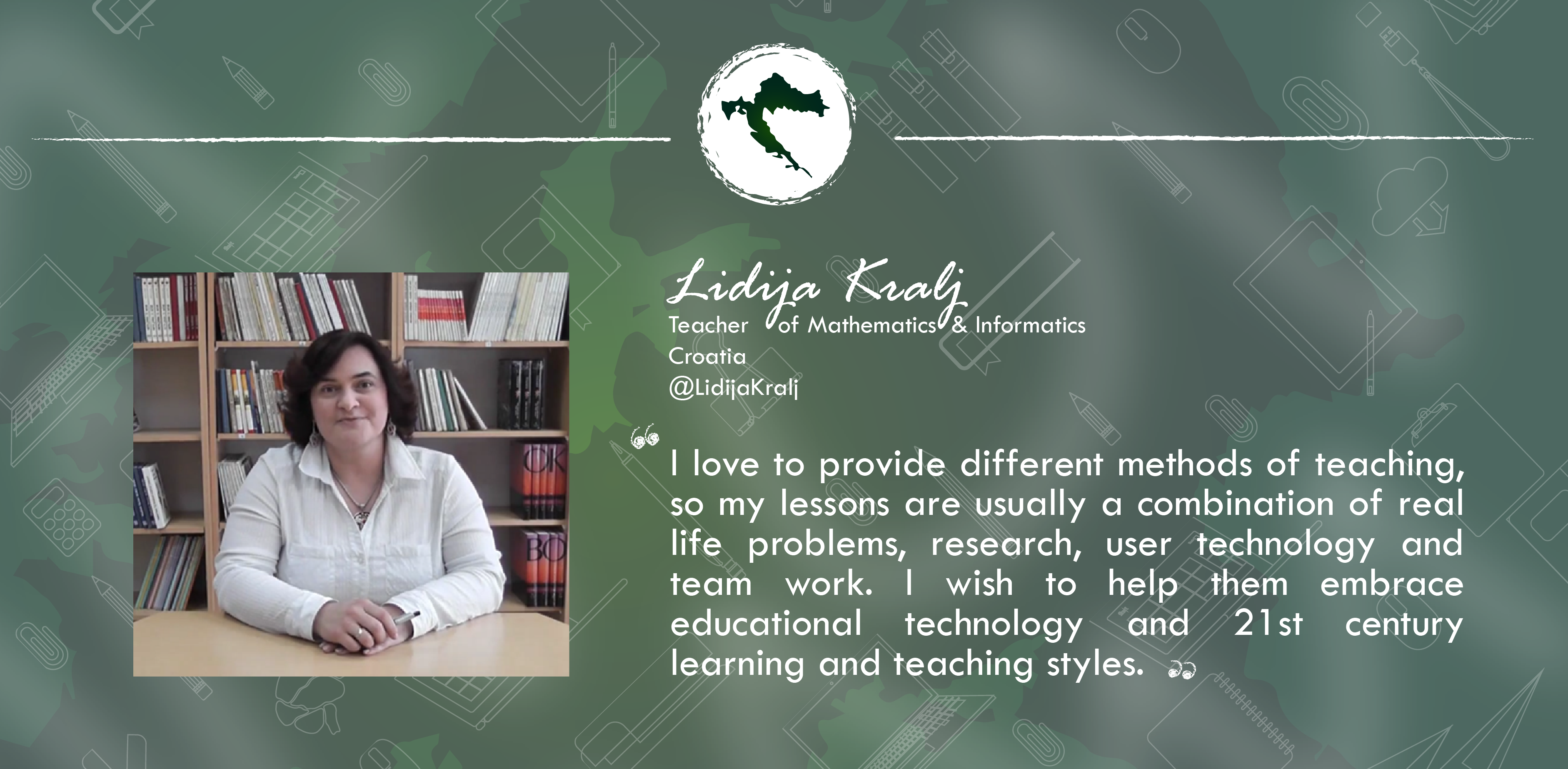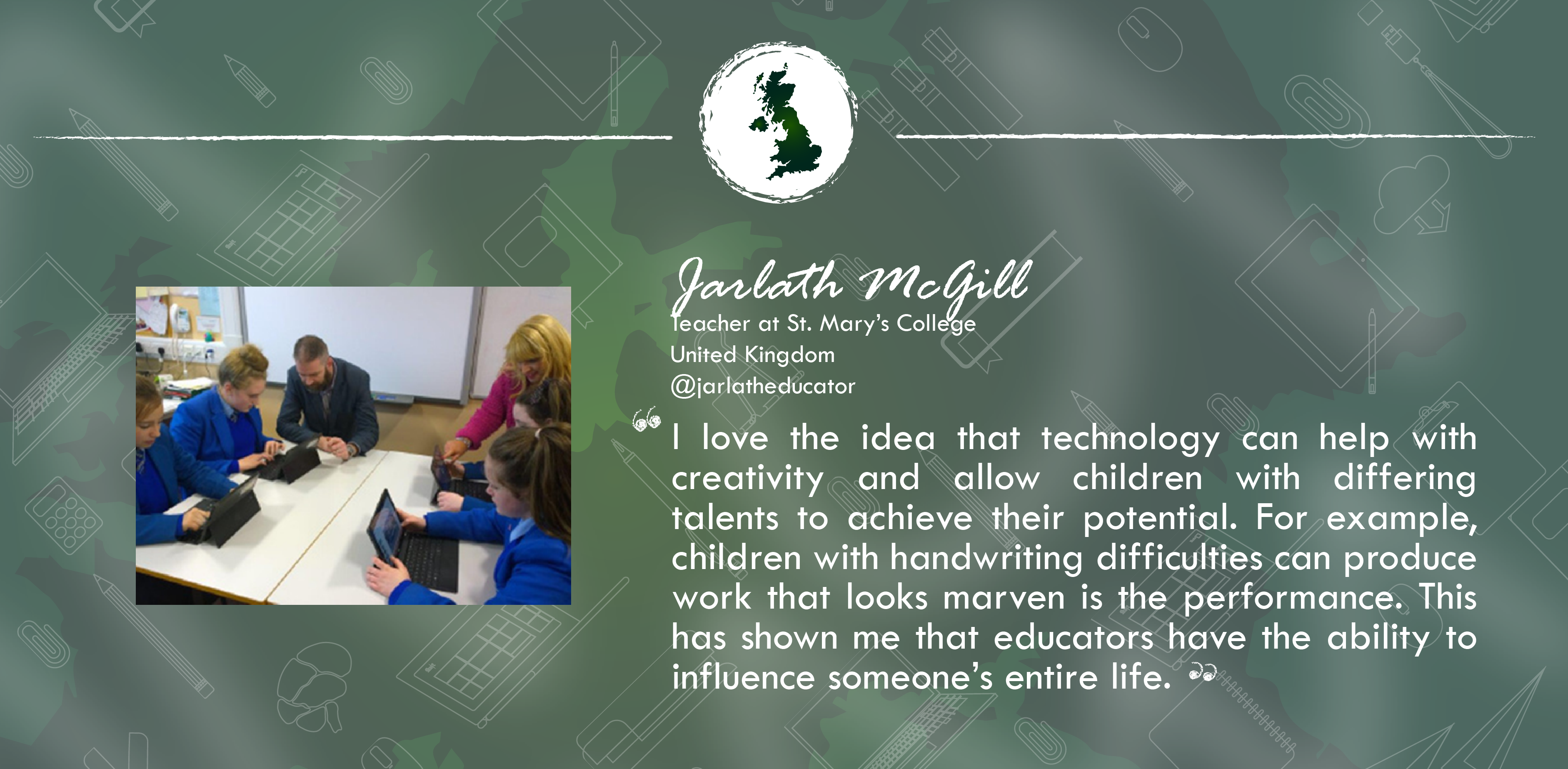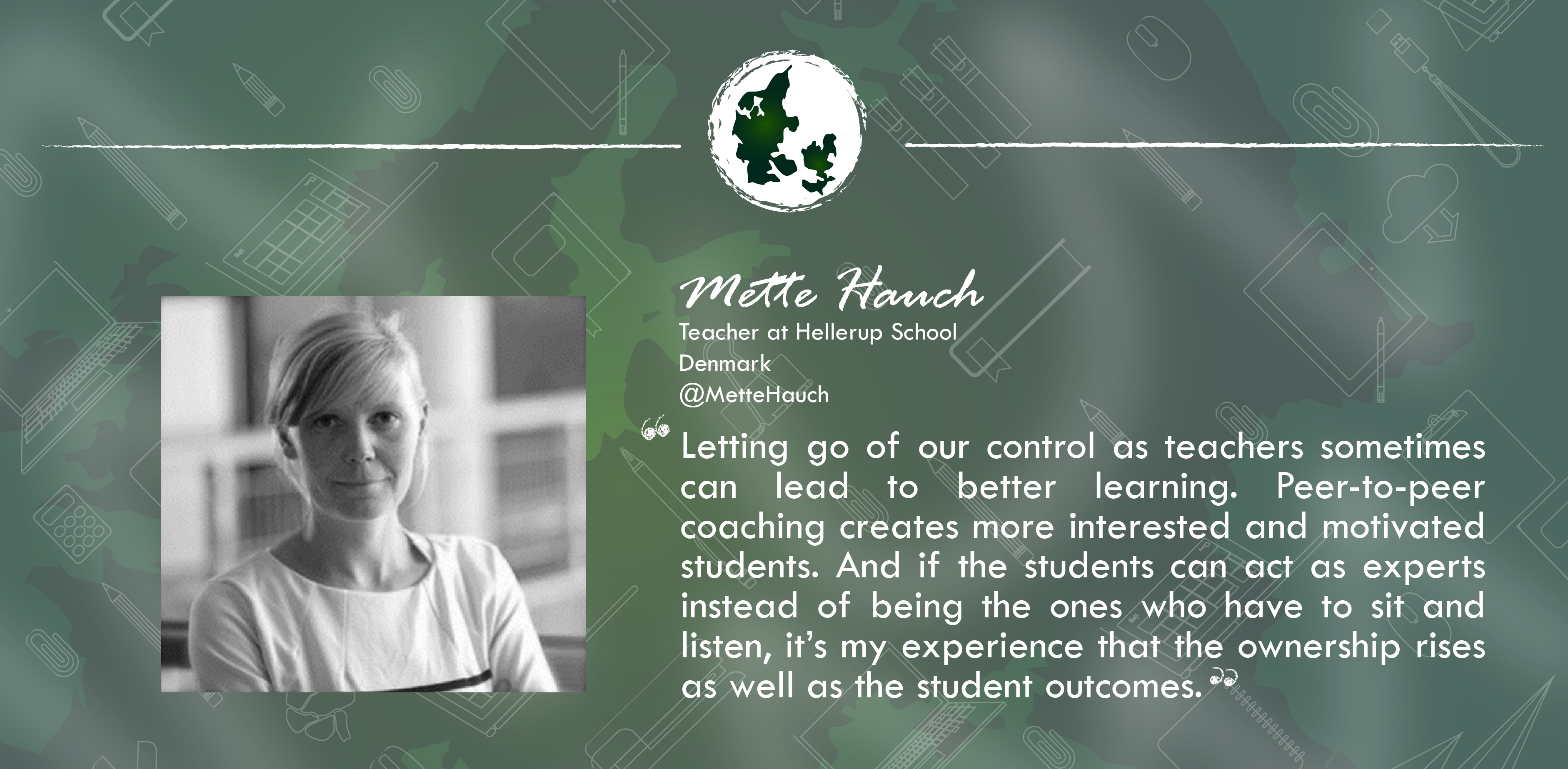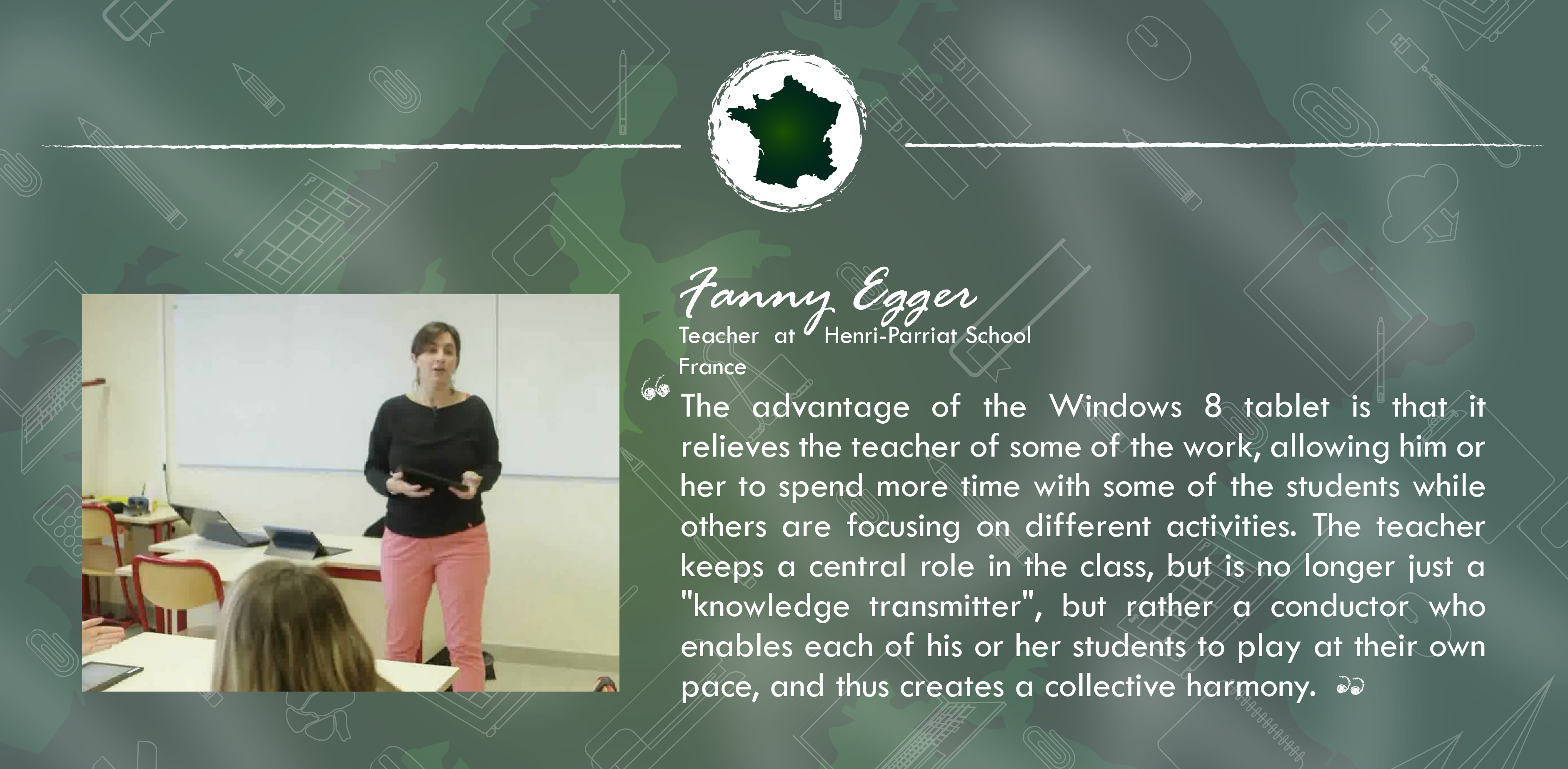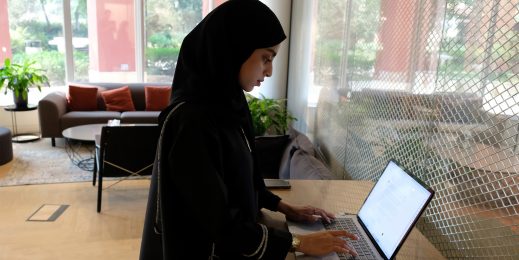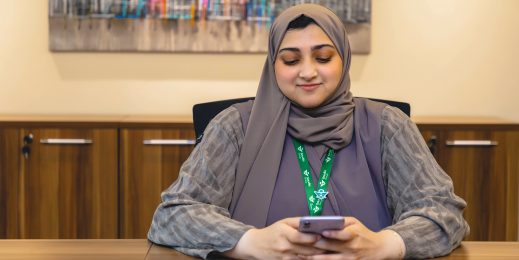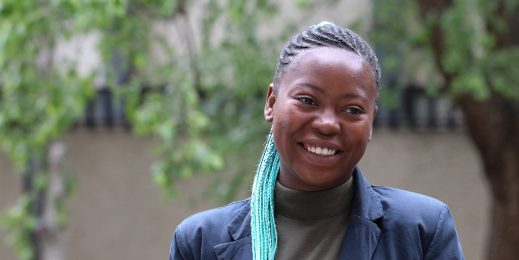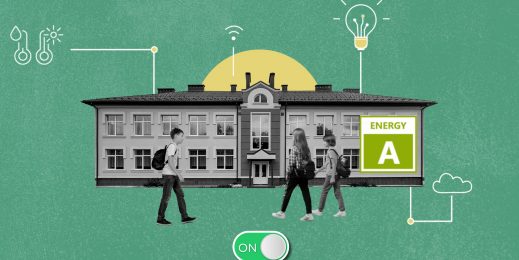
Transforming European education: 5 inspirational educators leading the way
There’s no question that education in Europe is under pressure to transform. Despite numerous investments at both national and European levels and increasing numbers of innovative projects, our education system is facing great challenges, with many schools remaining stagnant with outdated infrastructure and traditional approaches toward teaching. However, there are huge opportunities to reinvent our approach to education in Europe, particularly with the help of innovative technology.
At Microsoft, we are deeply committed to working closely with education leaders throughout the region, helping to create more collaborative, flexible and dynamic classroom experiences, and empowering teachers and students to achieve more.
At the end of the day, it falls on our teachers’ desks to embrace change in their own classrooms, and so we celebrate these five European teachers who are out in front and helping their students to shine.
Andrew Howard, the first principal of Sandymoor School in the United Kingdom, believes that educators are given the task of “preparing our young people for a world that more than ever before is completely unpredictable.” He has passion for education and a vision for a personalised, technology-driven approach to learning, with young people being held accountable for their part in the journey.
The school has intentionally and thoroughly embedded ICT into its working practice, to actively engage students with technology every day, with Office 365 being a crucial part of bringing everything the teachers and students are doing together through the cloud. For example, the school uses Yammer to facilitate collaboration between students and teachers, such as through discussion groups about homework and student study group communities. According to Howard: “We treat our students like workplace employees, with appointments set by calendar invites, tasks assigned to students, notes taken in OneNote, etc.” This has resulted in a lot of interactivity and collaboration among students, rather than competition, as well as support and guidance from teachers, rather than direct instruction.
Howard hopes that the students at his school benefit from these innovations in technology by learning how to better collaborate, interact with each other, create and innovate – all critical 21st century skills.
Watch Andrew Howard discuss his school’s innovative practices in depth here.
While Lidija Kralj has taught mathematics and informatics at primary school for 24 years, her interest and skillset in technology shaped her desire to make the internet safer for children. For the last four years, she has been leading the Safer Internet For Children and Youth campaign, organised by the Croatian NGO Suradnici u učenju, which was awarded the best 2012 European campaign by the Safer Internet Committee.
“All children should reach a minimum standard and gain experience and practices regarding risky and safe use of the Internet and the new online technologies. Children should be prepared to use the Internet and get advice appropriate to their age, with emphasis on visibility and public availability of their personal information on the Internet.”
Kralj tries out new technology and tools in her classroom often to see what is or is not working for the students. However, there are three topics that she considers important to have integrated in her use of social networks in education: Protect students’ data, warn students about oversharing and prevent cyberbullying. Due to its safe learning environment, Kralj decided to use Yammer in teaching. To learn more about the safety measures and learning capabilities of Yammer in the classroom, read Kralj’s Yammer in Education series Part 1 & Part 2.
“I consider it my personal mission to make students digitally literate and prepare them for lifelong learning”, she says. “Generations that are currently receiving their education, and those yet to come, should get prepared for everyday interaction with ICT.”
Getting students to be excited about Shakespeare is seldom an easy task. But Jarlath McGill, teacher at St. Mary’s College in Northern Ireland, has become an expert at connecting his students to the classics.
Using technology, McGill is able to unleash the creative potential in his students and create more engaging ways of learning. For example, using Microsoft Movie Maker and other tools, he allows students to stage scenes of Shakespeare’s plays, record a radio or television presentation and summarise the main points of the play in a PowerPoint presentation.
[youtube https://www.youtube.com/watch?v=nsIJ7IWU3WI]
His novel approaches to teaching old English literature seems to strike a chord with his students. He described his proudest moment as an educator as being when he directed a performance of Hamlet for the BBC Shakespeare Festival and seeing the huge sense of achievement from the students. He comments: “I still sometimes see those students and the first thing they mention is the performance. This has shown me that educators have the ability to influence someone’s entire life.”
That life-long influence begins with that spark of inspiration in the classroom, and technology can help teachers find new ways to stimulate their students and boost their confidence. St. Mary’s College has made Microsoft Surface devices with Windows 8 and Office 365 available to all their teachers and students, enabling them to innovate in the classroom.
What happens when a classroom is flipped and the students become the teachers? Mette Hauch, a teacher at Hellerup School in Denmark, answered that question when she wanted her 7th grade students to learn about respecting boundaries and personal limits online.
[youtube https://www.youtube.com/watch?v=6tZtRAhYGuU]
In Hauch’s TeenTeachers project, students were asked to run a 90-minute lesson for their younger schoolmates about bullying. To do this, they needed to use materials such as a newspaper interview of people who had been bullied and a print and video anti-bullying campaign, all which they created using Office applications, Windows Movie Maker and other programs. The students were also given the freedom to work whenever and wherever they like using mobile devices and tools like Skype.
Hauch considers it her role as a teacher to empower student by giving equal amounts of guidelines and freedom. She says: “if the students can act as experts instead of being the ones who have to sit and listen, it’s my experience that the ownership rises as well as the student outcomes.” This freedom and flexibility that technology helps facilitate was central to this project’s success and is fundamental to Hellerup School’s approach to education.
Getting closer to the students, adapting to their abilities, and understanding their needs and what makes them tick can be a challenge – especially from a time and resource perspective. Finding a way to both free up her time, improve her students’ learning experience and better adapt to each of their learning styles and paces, was a top priority for French teacher Fanny Egger as she decided to start using Windows 8 tablets in her classroom.
[youtube https://www.youtube.com/watch?v=L16wk4Ss53U]
With the help of inverted classroom pedagogy and 30 Windows 8 tablets, Egger brought the students back to the forefront of her teaching experience: “It’s not about providing a traditional teaching and learning approach anymore, with lecture-based teaching, but teaching that adapts to each student individually.” Egger also uses OneNote in her classroom, where she can easily track each student’s progress through individualized folders.
In her efforts to demonstrate the added value and benefits of this innovative approach to teaching, Egger took the experience a step further and compared her ‘tablet classroom’ students against a traditional class. The results were impressive, with test scores for her digital students averaging 5 points higher.
Learn More:
.





